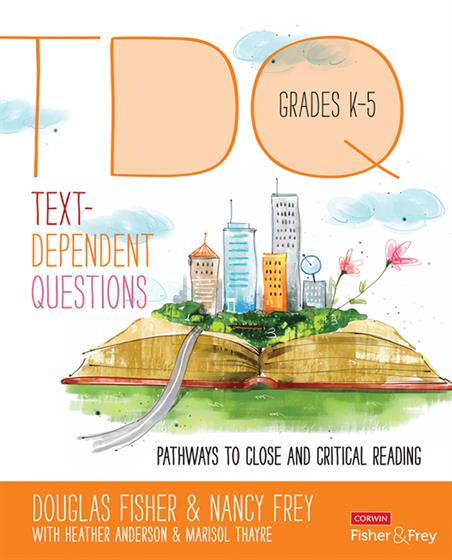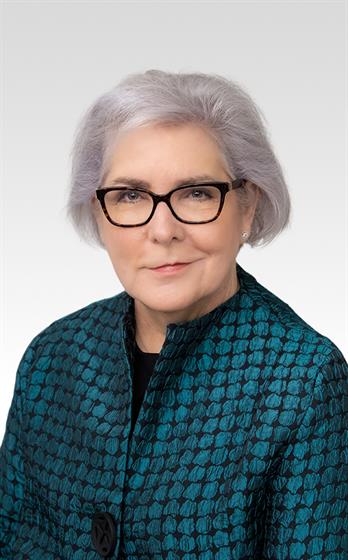Acknowledgments
Chapter 1. Creating Effective Close Reading Lessons
Close Reading Defined
Close Reading in the Elementary Grades
The Phases of Close Reading
How Much Frontloading Is Too Much (or Not Enough)?
Text-Dependent Questions Drive Close Reading
Use Text-Dependent Questions Judiciously
Question Yourself
Videos
Chapter 2. What Does the Text Say?
An Invitation to Read Closely: Literal-Level Questions
Why Students Need This Type of Questioning
Why Classroom Discussion Is Crucial
How Examining What the Text Says Addresses the Standards
Using Text-Dependent Questions About What the Text Says
Question Yourself
Practice Text: "My Shadow" by Robert Louis Stevenson
Videos
Chapter 3. How Does the Text Work?
An Invitation to Read Closely: Structural-Level Questions
Why Students Need This Type of Questioning
How Examining How the Text Works Addresses the Standards
Using Text-Dependent Questions About How the Text Works
Question Yourself
Practice Text: Excerpt From Benjamin Banneker's Letter to Thomas Jefferson, August 19, 1791
Videos
Chapter 4. What Does the Text Mean?
An Invitation to Read Closely: Inferential-Level Questions
Why Students Need This Type of Questioning
How Examining What the Text Means Addresses the Standards
Using Text-Dependent Questions About What the Text Means
Question Yourself
Practice Text: "Instances of the Communication of Cholera Through the Medium of Polluted Water in the Neighborhood of Broad Street, Golden Square" by John Snow
Videos
Chapter 5. What Does the Text Inspire You to Do?
An Invitation to Read Closely: Action-Oriented Questions and Tasks
Why Students Need to Complete These Types of Tasks
How Examining What the Text Inspires You to Do Addresses the Standards
Using Text-Dependent Tasks About What the Text Inspires You to Do
Question Yourself
Practice Text: Excerpt From Introduction to A More Perfect Union: The Creation of the United States Constitution by Roger A. Bruns
Practice Text: The Bill of Rights: A Transcription
Videos
Coda
Appendices: Questions for . . .
Appendix I: Grades K-1
Appendix II: Grades 2-3
Appendix III: Grades 4-5
References
Index
About the Authors
About the Contributors






